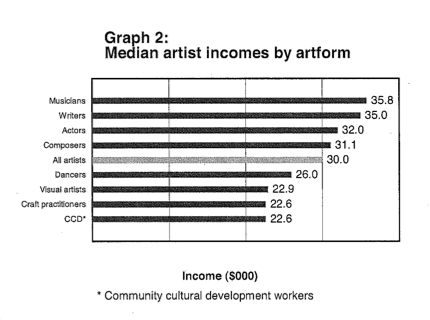Last week, Paul Dennis, vice president of the AGDA with 20 years of experience in the field of graphic design, came in to speak about the process he considers when designing whilst providing examples of past artworks he created for clients and during his spare time. It was quite interesting to hear about the basic steps that he considers as it is similar to how I work and especially reminds me of when I did work experience at a design/newspaper firm back in Karratha. The process is as follows: the brief, research, concepts, development of ideas and then production. The brief being the initial step is the most important as this is the chance to get as many details as you can about the project from the client to ensure the lowest chance of failure for the final production. As the designer, you would want to ask all the right questions and discuss with the client about the brief, especially if it is incomplete. As Paul had put it, we are thinkers first, then drawing/creative people third. As a graphic design major, I enjoyed seeing the examples he provided and how he came to a conclusion for his final designs.
This week’s readings were mostly focused on facts and statistics about practicing in Australia. From the texts provided, particularly the report “Don’t give up your day job” by David Throsby, it was found that there are around 45,000 Australian artists in Australia as of 2003. The largest proportion of that number is taken up by musicians (12,000), with visual artists coming in as second (9,000) and dancers making up the least total (1,500). Furthermore, the report goes on to say that artists in Australia are “working hard and multi-skilled”. Three quarters of the artist population have pursued or are currently pursuing tertiary education. 56% of artists have also stated that they work at more than one job, with a very small portion of 7% working three jobs. 43% in the field of their interest while one-third of artists do work in a non-art related field.
But, despite the effort and extra work, the average Australian artist earn an incomes that is “low and intermittent”. The average amount earned by creative people is a depressing $30,000, as noted from the financial year of 2001-01. Musicians earn the highest income of $35,800 while visual artists are paid with the most unfortunate amount out of all creative Australians with $22,600. Three-quarters of the total of artists are self-employed and at least half have experienced unemployment recently before the survey took place, with many artists coming to the point of having to turn to financial support.
From the reading of these findings, I have to admit that I’m not surprised by these results. I’ve been told more than once that artists do not earn much, especially when I spoke about my past consideration of becoming an illustrator or an animator. Rather, it seems to confirm my fear of the possibility that I may not succeed in my chosen discipline. Although it would be easy to let this kind information to get to me, I would rather let it motivate me to try even harder and to push the boundaries to become the successful and creative person that I would like to see myself as one day.
